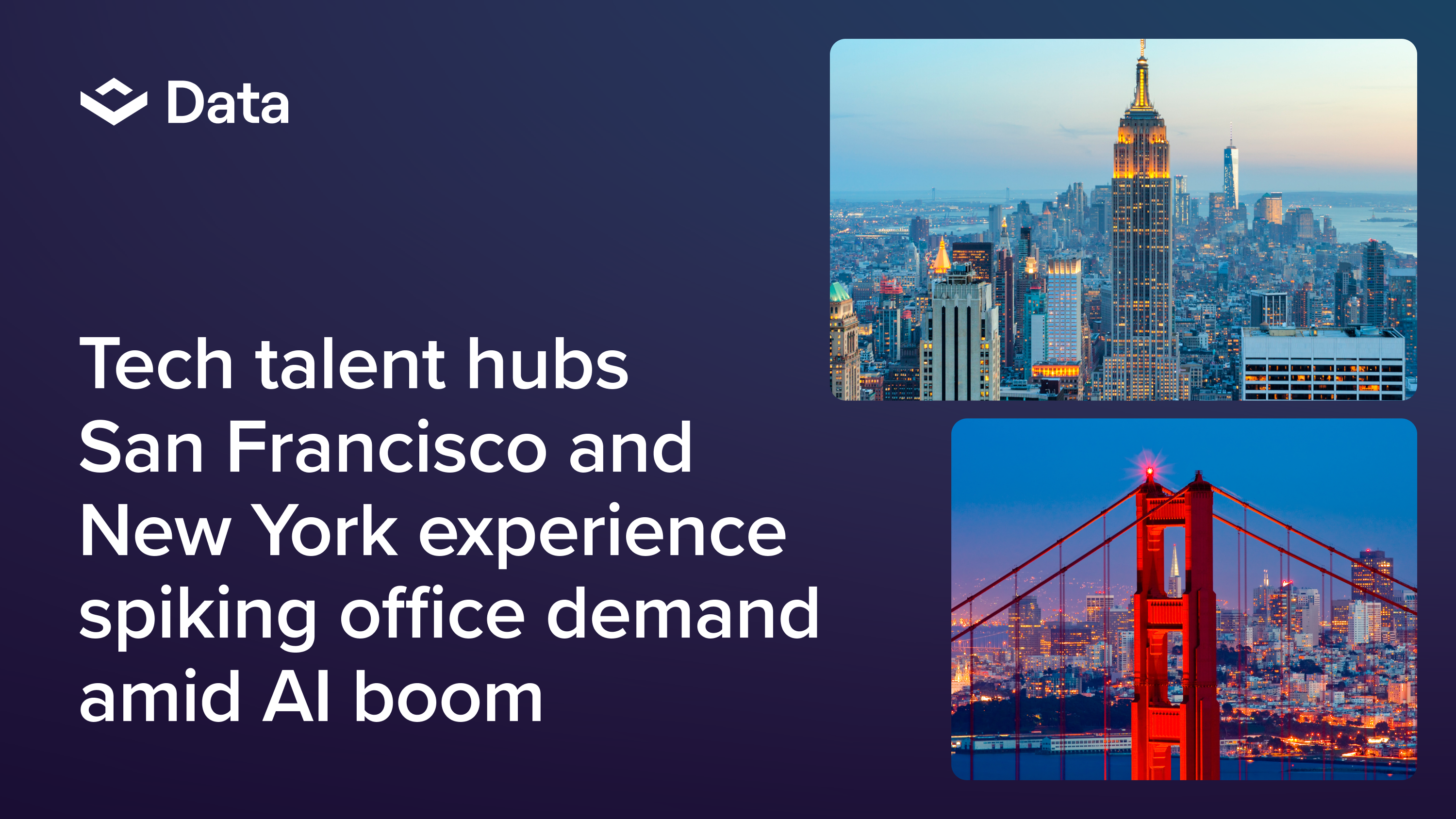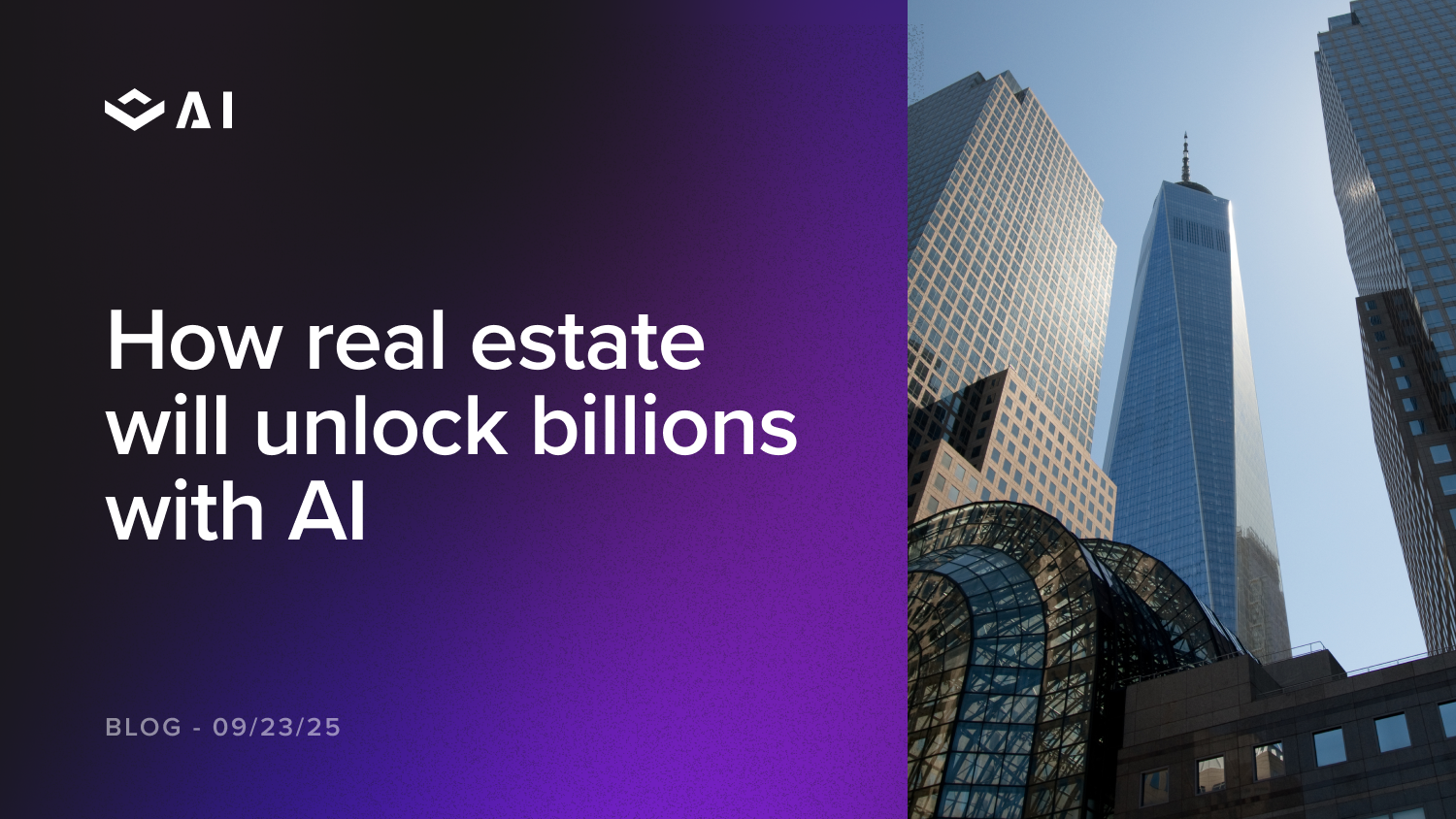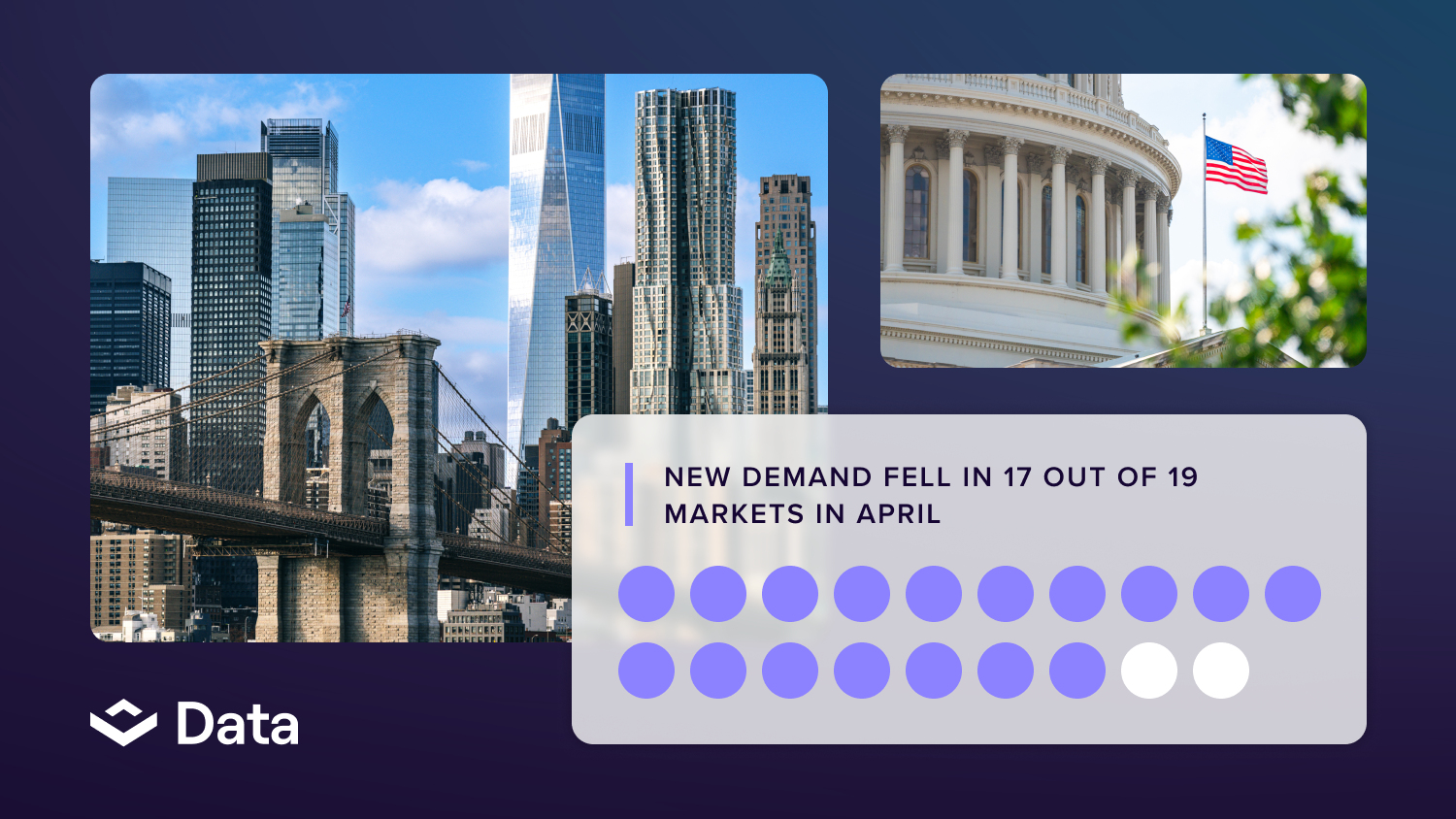The modern workplace environment is an ecosystem of diverse, digitally native individuals who value flexibility and a sense of community to put forth their best work. As owners, operators, and property management teams, you need workplace technology that can become the central nervous system of your building and portfolio to power your “workplace experience.”
Our Definition of “Workplace Experience”
We define workplace experience as the collection of feelings a person has throughout their day about their workplace environment. The manifestation of how all members of the workplace community come together to interact, share office space, resources, amenities, or services is an office ecosystem. The array of feelings that arise across the journey of commuting, arriving, working within, or departing at the end of the day are all crucial to the employee experience.
Every element of what is offered at a workplace– excluding the work itself– is what we call the “workplace experience.”
Workplace experience is a significant determinant of how happy, productive, and fulfilled employees feel in their place of work, playing a role in both organizational culture and the nature of work community-wide.
Why Workplace Experience is Important
While all good employers value the health and happiness of their employees, workplace experience can also positively affect a company’s bottom line. The following are all benefits that can be gained from improving workplace experience:
- Better employee retention- Scrambling to cover for an exiting employee, searching for a replacement, and training new hires is costly and time-consuming. Good workplace experience makes workers want to stick around.
- Increase in new talent- When people are happy in their jobs, they like to brag about it (and the inverse is also true). Don’t be surprised if an improved workplace experience attracts highly skilled workers looking for a new job.
- Higher productivity- When on-the-job processes are effortless and efficient, employees can get more done in less time–and they’ll feel more empowered to think outside the box and tackle bigger projects.
- More efficient use of resources- Because good workplace experience often incorporates hybrid work schedules and more shared spaces, you may be able to lower real estate costs by using less square footage to accomplish the same amount of work.
- Better customer experience- Workers who are thriving in their employee experience will pass on that positivity to customers and clients they may interact with during the day. The more positive your customer experience, the more business you’ll attract.
- Healthier employees- When employees are spending their work day in an environment that contributes positively to their physical health and mental well-being, they take fewer sick days, saving you money on costs associated with absenteeism and healthcare.
- Better brand reputation- Companies like Apple and Google with exceptional workplace experience trigger organic PR across the corporate world that not only attracts talent, but also makes consumers feel good about buying their products knowing they come from a positive workplace environment.
The Elements of Workplace Experience
As broken down by the CRE Tenant & Occupant Hierarchy of Needs, office buildings primarily offer professionals a structurally sound, safe, and comfortable place to work by providing a building that is clean, well-connected, and maintained.
Contemporary workplaces go well beyond. They offer optimized amenities, services, timely and meaningful communications, and an elevated sense of belonging based on integrated company culture.
Like any ecosystem, each role and resource is significant. How these forces interact is what manifests into “experience." Here are the three key elements of workplace experience, along with examples of each and which teams may oversee their implementation and sustainability.
Space
One of the most obvious elements that impact employee experience is the physical environment. With employers struggling to get employees to return to work, the physical work environment is more important than ever. Workplace design, layout, lighting, comfort systems, and amenities should all work together to create a workplace experience that is comfortable and inviting, and promotes healthy work habits and collaborative efforts.
Facility services management plays a key role in ensuring that each aspect of the workspace positively affects how employees feel as they work within an office. Important factors to consider include how much natural light employees experience during a workday, how much privacy they have when they need to focus, how easy it is to adjust the thermostat or lighting, how flexible their seating options are, and what amenities they have access to, like onsite parking, kitchens, or bike storage.
Technology
Hybrid work has propelled employers and their IT teams to more closely examine employee experience in the digital workspace as well as its crossovers between the digital and physical workplace. Technology can automate, integrate, and advance the tools in our toolkit. Streamlined digital tools like video conferencing, scheduling, room reservations, and digital collaborative workspaces allow the modern professional to focus on more meaningful tasks and relationships in their work life.
Technology can also help us gain valuable insights on how to improve workplace experience. With the right technology, the modern professional can become more deeply aware of their building community, amenities, and offerings, without channeling energy into the minutiae of everyday work life.
People
People play a pivotal role in creating a positive workplace experience–but how? Simply put, happy people make people happy. Just as customer service representatives are trained to provide customer satisfaction, HR staff should provide workers with an employee experience that makes them feel valued, respected, and supported in furthering their careers and finding a good work-life balance.
The human element of workplace experience can include work flexibility policies like job sharing, compressed workweeks, and hybrid or remote work, so employees have more autonomy over where and when they work. Having a people-focused culture means promoting a holistic approach to employee engagement through social events, skill development programs, efficient and effective feedback loops, and health and wellness practices that prioritize worker happiness and well-being.
5 steps to get started on improving workplace experience
To learn more about what makes companies good places to work, a great place to start is by checking out Methodology for Fortune 100 Best Companies to Work For. It offers a clear picture of what the average employee values most in their workplace experience.
Then, follow these five steps to ensure your workplace experience is personalized to your company culture and employees.
- Determine your starting point.
Before you know where you’re going, it’s important to first know where you are. The easiest way to get a read on employees’ current satisfaction level is using the Employee Net Promoter Score, or eNPS. To determine eNPS, simply ask employees how likely they would be to recommend their place of employment to a friend or colleague as a good place to work, on a scale of one to ten, with one indicating extreme dissatisfaction and ten indicating complete fulfillment. Later, you can follow up with surveys and focus groups. - Assemble a team.
Because space, technology, and people are all part of the workplace experience, it’s essential that you include your facilities management, information technology, and human resources team leaders in your employee experience plan. Each can carry a portion of the responsibility for assessing needs and gathering feedback, proposing and implementing improvements, and tracking results. - Consider a dedicated WX role.
For larger companies with a lot of moving parts, hiring a workplace experience manager may be the most efficient way to ensure that employee experience remains a high priority. Workplace experience managers can oversee efforts for workplace improvement across different departments and facilitate the vital flow of communication of information to ensure consistency and progress. A WX manager can also track an employee’s path in the company, from hiring to exit, and gather important information to create the best workplace experience. - Set measurable goals.
What are you trying to accomplish? The simplest measurable goal you can set is to raise your eNPS, but you can also set goals based on other key metrics you may already be tracking that may indicate how well your changes are impacting employee experience. Things like absenteeism, participation in work events, productivity, and turnover rates are all measurable statistics that can help you gauge how your employees are feeling at work. - Gather feedback and reassess.
When it comes to workplace experience, employee engagement will always be key. Surveys, focus groups, and listening sessions can provide a wealth of information to keep workplace experience on an upward trajectory. Be clear about how and when feedback is obtained, and be sure to close the feedback loop by letting employees know how their feedback is being used. Follow up by alerting them to policy changes or other shifts meant to improve workplace experience.
A case study in workplace experience: Atlassian
Named as one of Fortune’s Top 10 Best Companies to Work For in 2023, Atlassian’s rise to fame in the realm of exceptional workplace experience may be attributed to what Forbes called, “a maniacal attention to culture.” The company’s five core values embrace transparency, a balance between passion and caution, teamwork (and teamplay), and an open-door policy when it comes to employee feedback.
Atlassian was one of the first companies to adopt remote work policies in 2020, and they continue to offer workplace flexibility to employees, with no minimum number of required in-office days each week. The company calls this concept “Team Anywhere”: “You can work in any country where we have a legal business entity and there's a sufficient timezone overlap with your team.” As a software company, they ensure their workplace technology supports this concept.
For those who prefer to work in-office, Atlassian has comfortable, modern, open meeting spaces designed for team collaboration, floor-to-ceiling whiteboards for brainstorming sessions, designated desks for more focused work, and areas for casual socialization and relaxation.
Employee engagement at Atlassian includes teambuilding events like weekly global calls with offices from all over the world, skill-building sessions, and 24-hour hackathons in which workers are encouraged to dive into a passion project. Atlassian also awards employees with extra time off and paid trips for significant work anniversaries. Company healthcare policies take a holistic approach, with reimbursement for mental healthcare, childcare, and fitness classes, and support services for families with dependents with special needs.
The Continuum of Experience
When an investment is made in experience, property teams can funnel energy into workflows and tools that boost productivity. Technology allows you to access insights that fuel more informed decision-making about space, CapEx improvements, and more. Proactive and profitable business decisions can be made about improving the quality of the building based on the analysis of technical data rather than reactive assumptions.
A workplace that spends the time to build an environment where relationships can thrive to facilitate exceptional workplace experience favors every stakeholder in the building.
By using innovation to breathe life into office space around the world, we can see an evolution in the nature of work, employee well-being, and the sense of community that often goes missing in our busy day-to-day.





